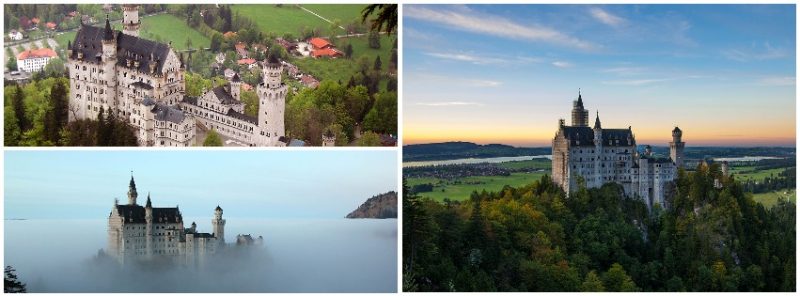Atop a rugged hill overlooking the village of Hohenschwangau not far from Fussen in the southwestern region of Bavaria, Germany, stands a tall Medieval themed 19th century Romanesque ‘Revival’ palace named Neuschwanstein Castle (translated as New Swanstone Castle).
The palace was the brainchild (in conception not design) of and commissioned by Bavarian King Ludwig II. Ludwig II wanted a retreat for himself, but there was another aspect to the construction of the palace, and that was that Ludwig wanted to build it as an homage to his idol Richard Wagner.
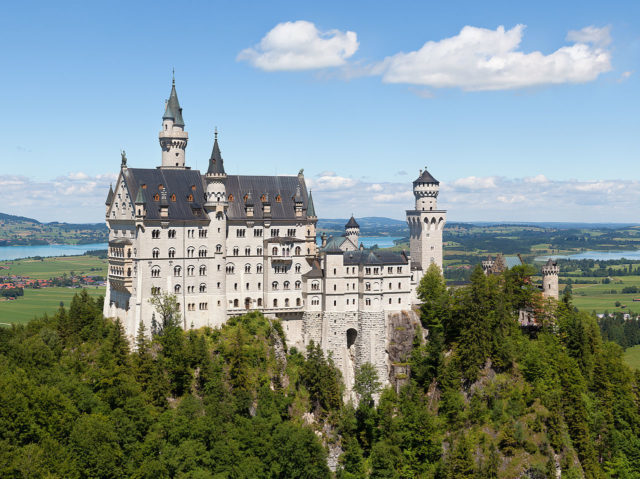
As far as commissioning of the palace is concerned one interesting fact stands out: Ludwig did not want to burden his subjects with the construction costs of the palace and paid the entire amount. He did so using either his personal fortune or with the help of extensive borrowing, a feat which is very rare in the history of Kings and Queens.
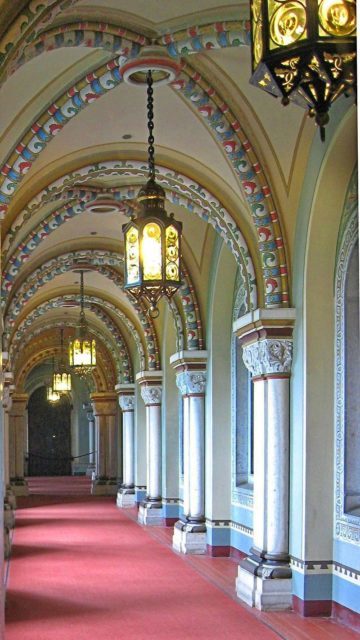
The 19th century was an interesting time in castle building, as there was a fast-growing trend in terms of constructing or reconstructing the castles to make them ever more picturesque. This entirely changed the universal definition of castle building, since previously the castles were primarily built as a solid defense, either on the border of cities or within cities, to protect against invaders.
However, in the 19th century, castle building took a dramatic turn and a more ‘romantic’ spirit was brought to bear on the design of castles with the view to making them more appealing to the eye. A number of castle building projects were undertaken similar to Neuschwanstein castle all across Germany including Lichtenstein Castle, Hohenschwangau Castle, and Hohenzollern Castle. This was in addition to a number of other buildings constructed on the River Rhine. Stolzenfels Castle is one such construction.
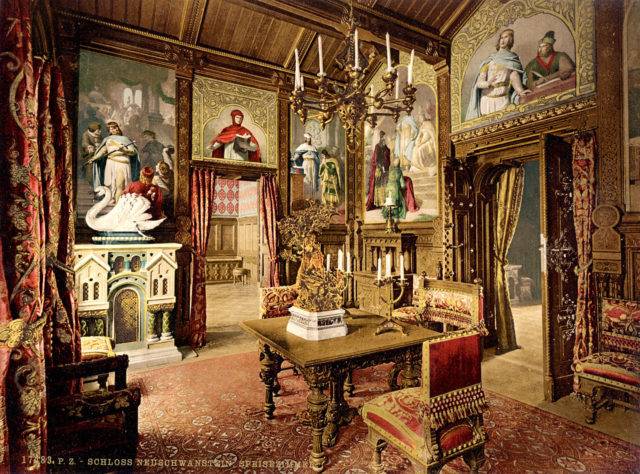
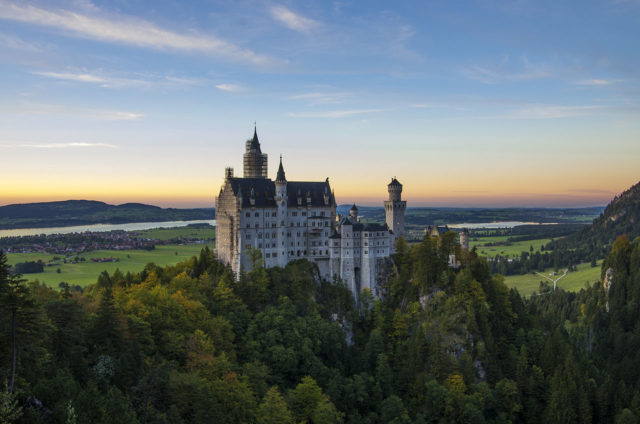
After the death of his grandfather, King Ludwig I, in February 1868, Ludwig II found himself in possession of considerable sums that were previously spent on the apanage of the abdicated Ludwig I.
This provided King Ludwig II a perfect opportunity to seriously contemplate the construction of his own themed castle, close to his home, and far from the Bavarian capital, Munich. A place he could retreat to and live out his romantic fantasies of the Middle Ages.
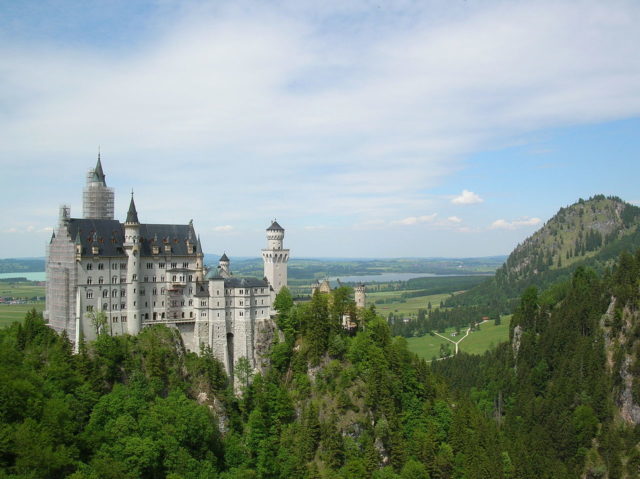
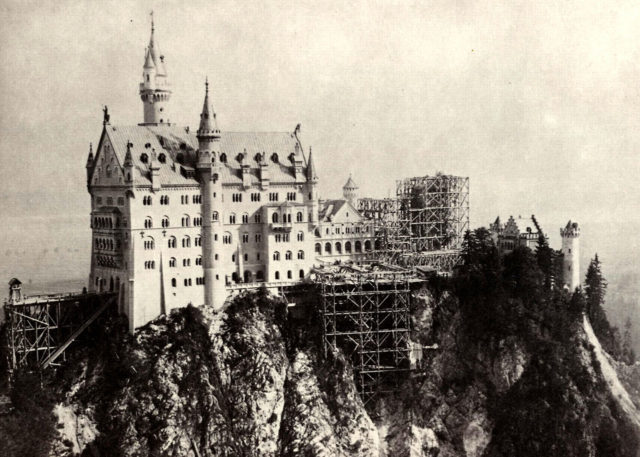
The inspiration for Neuschwanstein Castle came from a couple of journeys that Ludwig II had made prior to commissioning the project. One was in May 1867 when he visited the reconstructed Warburg, near Eisenach, and the other, a few months later, was to the Chateau de Pierrefonds. The architect Eugene Viollet-le-Duc was commissioned to transform the ruins of the chateau into a historic and picturesque palace.
What Ludwig II saw in these two visits was unique to him: his perspective on the idea of reconstruction was truly exquisite. With his romantic interpretation of the Middle Ages and deep admiration for the operas of Richard Wagner, he saw within the forms of these castles a marrying of his two major passions. He wanted to have his fantasies realized in his own land, and for his own use.
The ruins of the twin medieval castles were entirely demolished, and as a first step towards the construction of the new palace, the old keep had to be blown up completely. On September 5, 1869, the foundation stone for the new castle was laid, and within three years the cellar of the castle was completed.
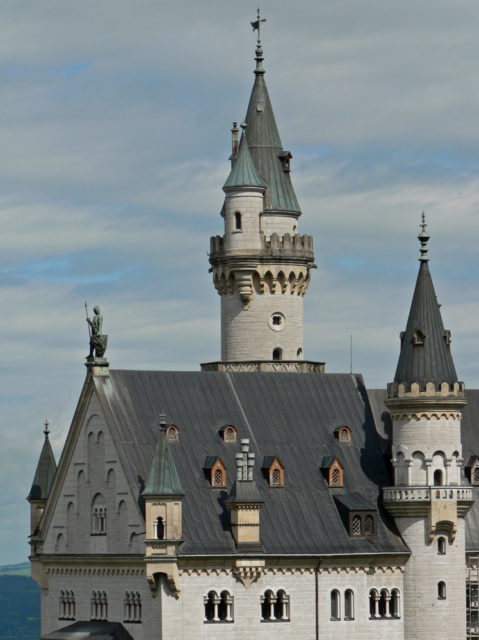
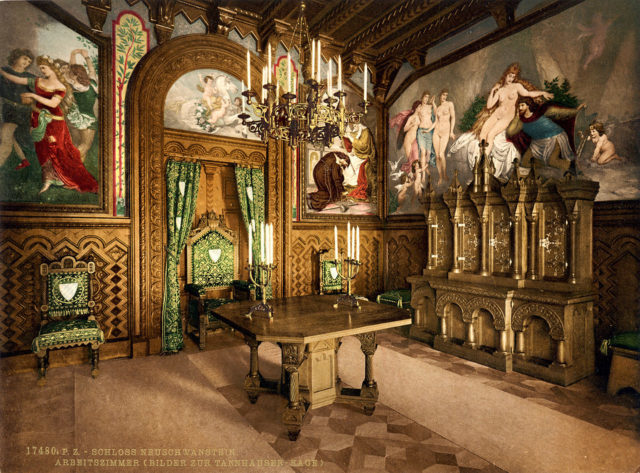
The construction of a significant portion of the first floor and gatehouse were almost complete in 1876. By 1882, the first portion was ready for the King to provisionally move in to oversee the construction work himself.
The management of all the civil works was passed on from Eduard Riedel to Georg Von Dollmann in 1874. In 1884, the king was able to move into the new castle, though the topping out ceremony of the Palas had already taken place in 1880.
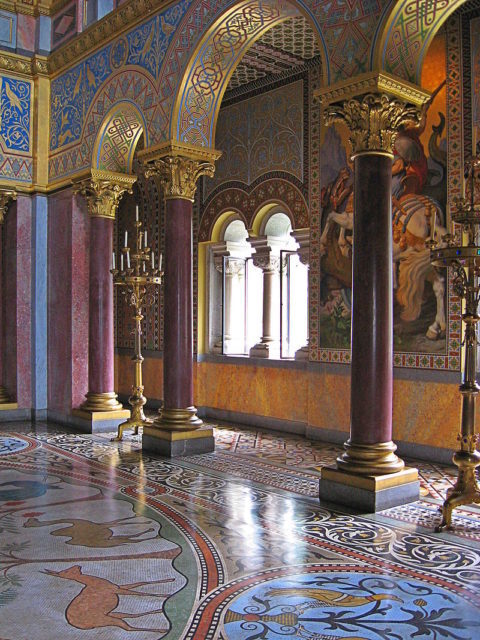
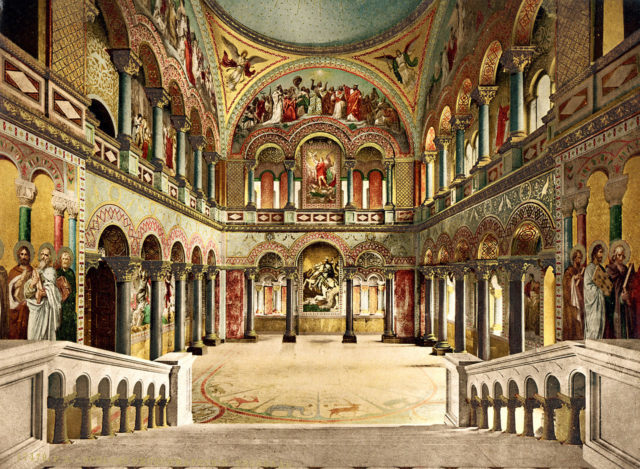
The construction of Neuschwanstein Castle was no secret affair, and King Ludwig made sure of it. For almost two decades the construction site for Neuschwanstein Castle was considered the principal employer in the Bavaria region. By 1880, more than two hundred workers were employed at the castle, not counting the huge number of suppliers and other persons who were involved indirectly in its construction.
King Ludwig would visit the castle often, setting a deadlines for certain portions of the castle to be finished quickly. In such cases, more men would be employed, taking the number of active labors to over three hundred men. These workers often worked tight shifts and through the nights under the light of lamps in order to meet the king’s deadlines.
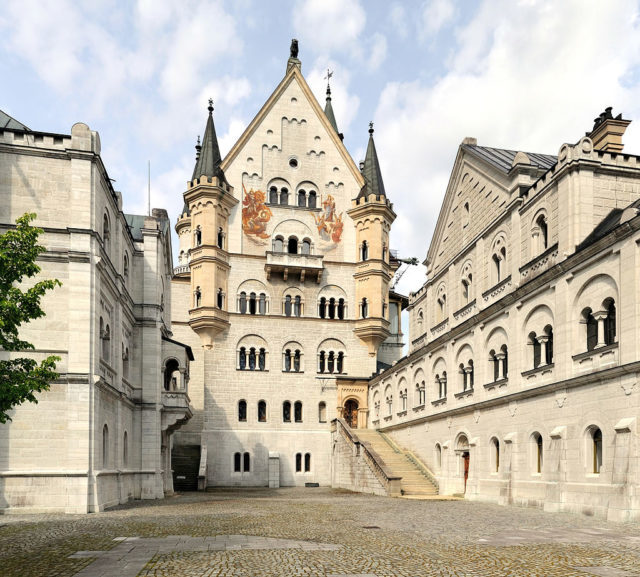
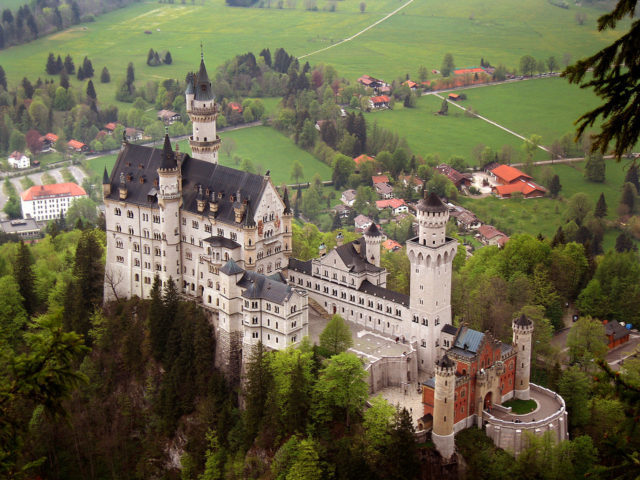
King Ludwig II moved into his dream castle in 1884, a year later inviting his mother, Marie, to visit the castle to celebrate her 60th birthday. Despite the sheer size of Neuschwanstein Castle, there was not much space for the Royal court and could only contain king’s personal residence and rooms for the King’s many servants. Neuschwanstein Castle was constructed as such to provide a sort of theatrical residence for the king and was not a typical royal castle with large courts and guest rooms.
Read about another castle from us: Ardvreck Castle in Scotland: the remains of a glorious past
King Ludwig had dedicated the castle to his idol, Richard Wagner, as a temple of friendship, who died in 1883 without setting foot in the new castle he had inspired. King Ludwig II could only live in Neuschwanstein Castle for no more than 172 days, which is astonishing in and of itself if you consider the amount of physical and emotional effort King had invested in its construction.
